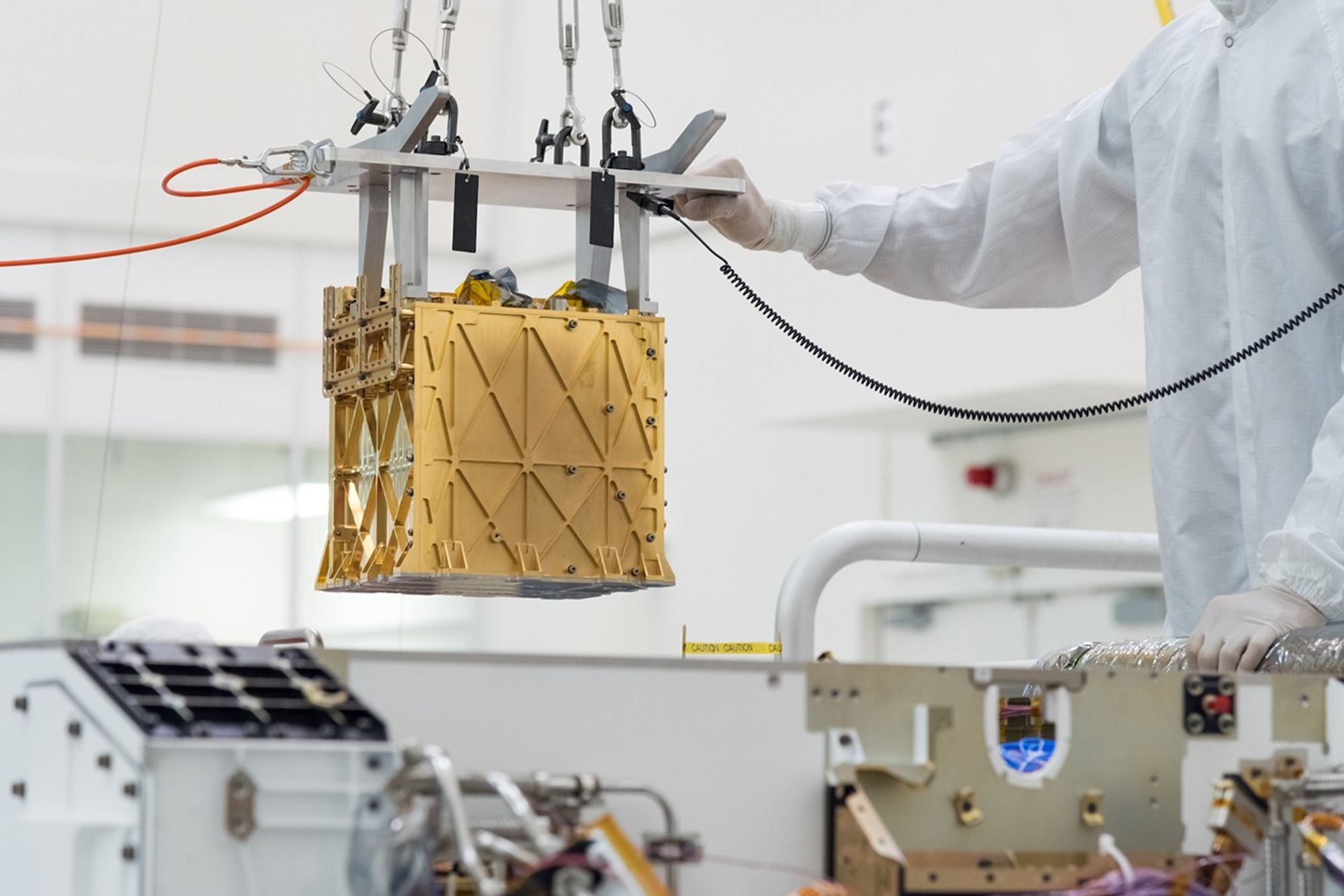Can new NASA carbon-to-oxygen conversion technology like MOXIE be used to address climate change?
On April 20, 2021 – two days before Earth Day – 5.4 grams of oxygen were released into the Martian atmosphere. They had been created by the Mars Oxygen In-Situ Resource Utilization Experiment, or MOXIE, an experimental piece of technology aboard NASA’s Perseverance Mars rover.
MOXIE is designed to convert Martian carbon dioxide, which makes up 96% of Mars' atmosphere, into oxygen. NASA is testing this technology in the hopes of sending oxygen generators to Mars in the distant future, where they could be used to create the tens of thousands of kilograms of rocket propellant that will be needed to launch astronauts off the planet and back to Earth (as well as providing oxygen to breathe).
Since MOXIE works by ingesting carbon dioxide – the gas that’s mostly driving climate change here on Earth – and produces oxygen, a lot of people wondered whether it could it be helpful on our own planet. But while technology is part of any plan for addressing climate change, the conversion that MOXIE accomplished on Mars is not a viable approach.
Even on Mars, where the atmosphere consists almost entirely of carbon dioxide, MOXIE requires a lot of power to do its work. On Earth, where the carbon dioxide in the atmosphere is very dilute, it would take even more power – far more than was generated when burning the fuel that created the carbon dioxide in the first place. It would take enormous power plants to make all that power, and if those are fuel-burning facilities, they would create more carbon dioxide than we could recover with MOXIE technology. Even if you used clean energy power plants, it would make more sense to use them to replace our fuel-burning plants instead.
MOXIE’s technology could be useful at the point where carbon dioxide is released into the air, such as smokestacks. And while it is not a form of a direct air capture technology, future versions of MOXIE could be used in conjunction with those technologies. But, for now, in order to address climate change, it would be more effective to employ strategies to reduce atmospheric carbon dioxide such by reducing our emissions, carbon capture, and habitat preservation and restoration.






























